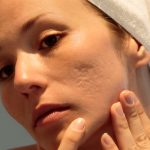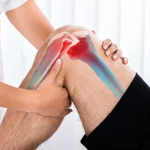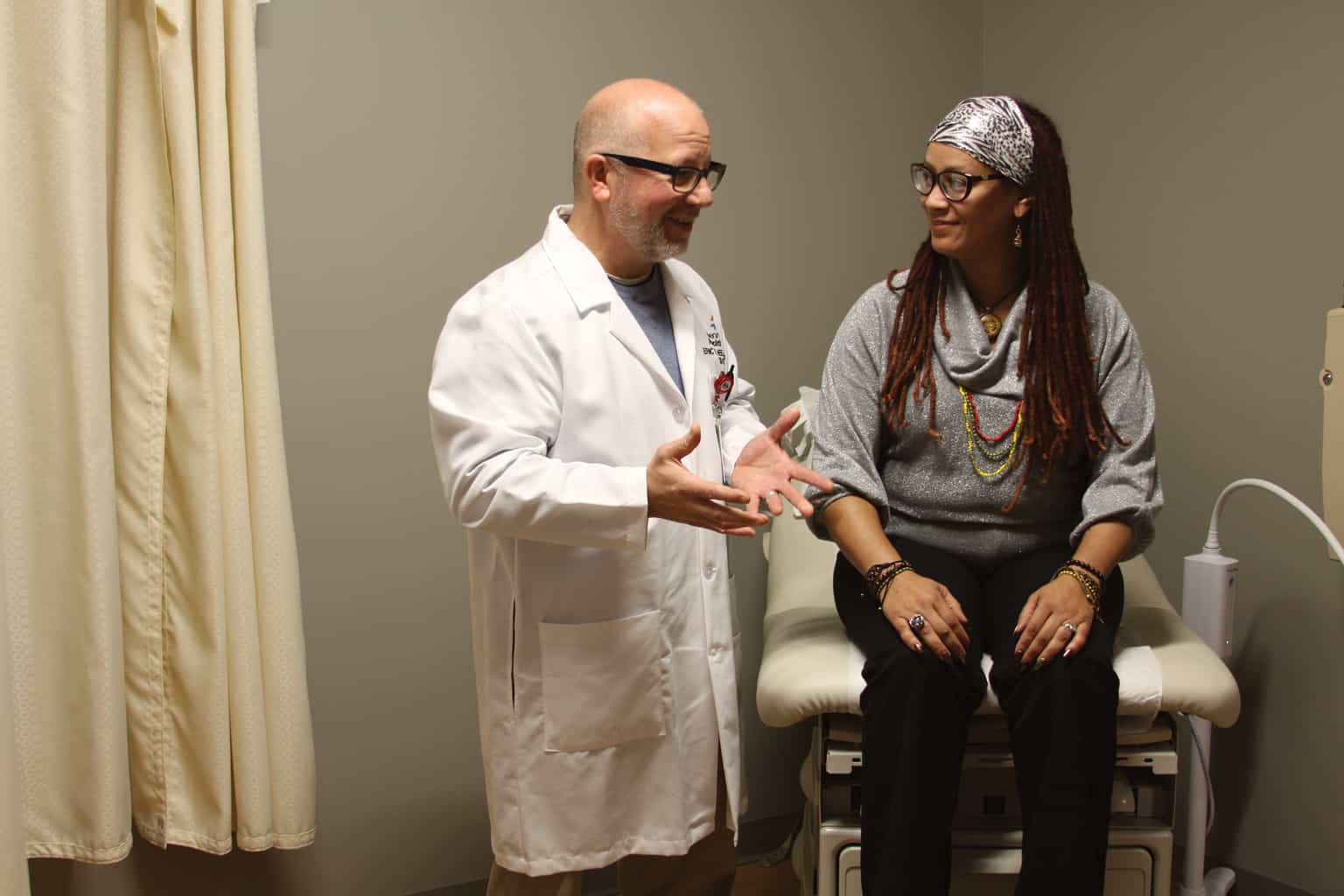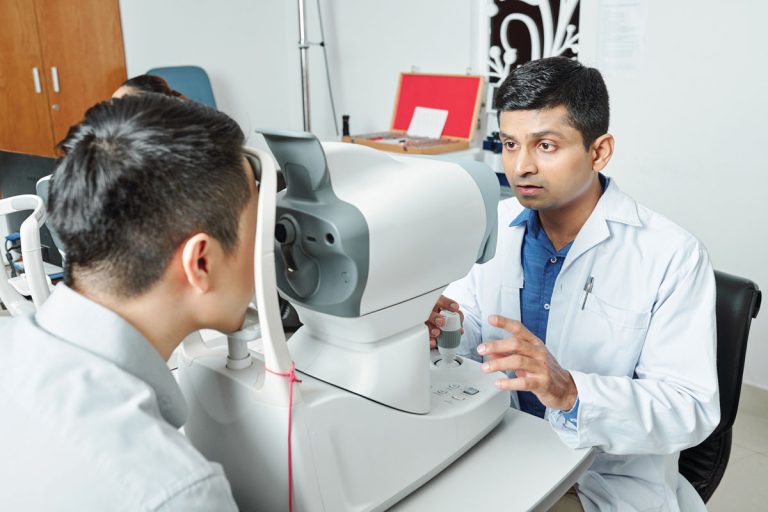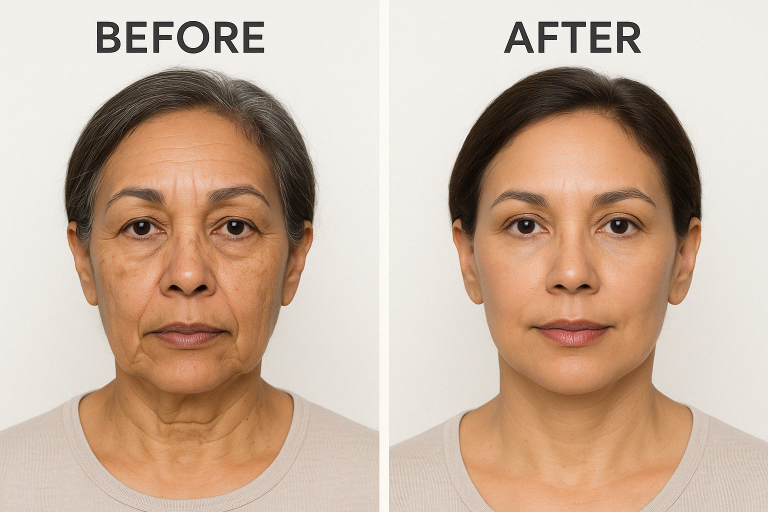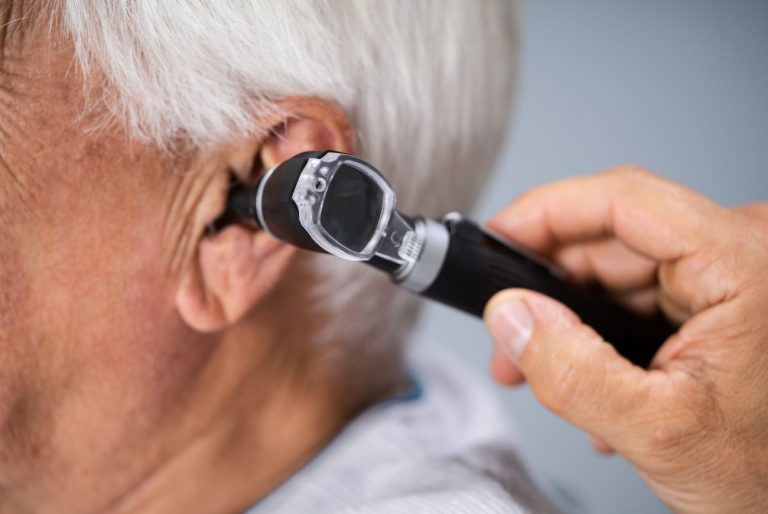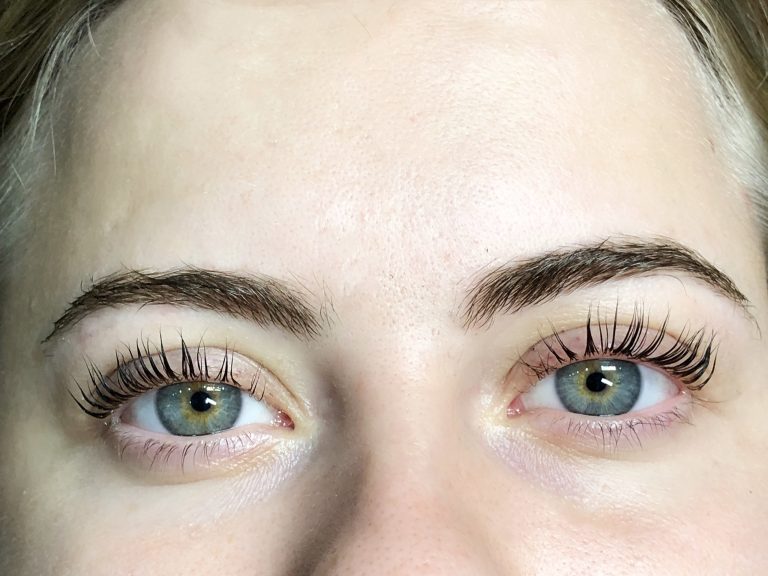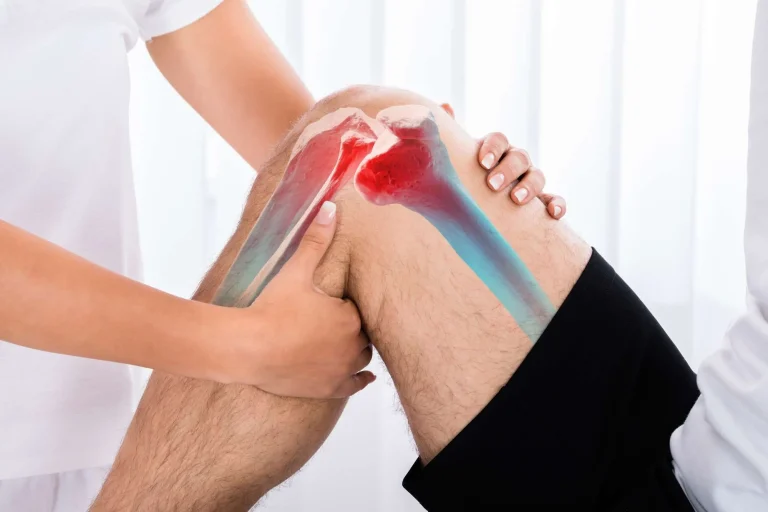Wound care has come a long way in recent years, with new technologies and treatments emerging to help patients heal faster and more effectively. From advanced dressings to innovative therapies, there are now more options than ever for managing wounds and promoting healing. Wound care is an important aspect of healthcare, and staying up-to-date on the latest advances can make a significant difference in patient outcomes.
The Role of Advanced Dressings
Advanced dressings have revolutionized wound care, offering new materials and designs that promote healing and reduce the risk of complications. These dressings are designed to maintain a moist wound environment, which has been shown to accelerate healing and reduce scarring.
Some of the most promising advanced dressings include hydrocolloid dressings, which absorb excess moisture and create a protective barrier, and foam dressings, which provide cushioning and help manage exudate. Alginates and hydrofibers are also effective for managing heavily exuding wounds, while silicone dressings can help prevent adhesion and minimize pain during dressing changes.

The Potential of Negative Pressure Wound Therapy
Negative pressure wound therapy (NPWT) is another exciting development in wound care. This therapy involves applying a vacuum dressing to the wound, which helps remove excess fluid, stimulate blood flow, and promote the formation of granulation tissue.
NPWT has been shown to be effective for a wide range of wounds, including pressure ulcers, diabetic foot ulcers, and surgical wounds. It can also be used in combination with other therapies, such as debridement and skin grafting, to optimize healing outcomes.
Emerging Therapies and Technologies
In addition to advanced dressings and NPWT, there are several emerging therapies and technologies that show promise for wound care. These include:
- Stem cell therapy: Stem cells have the ability to differentiate into various cell types and promote tissue regeneration, making them a promising option for wound healing.
- Platelet-rich plasma (PRP) therapy: PRP is a concentration of platelets and growth factors derived from the patient’s own blood, which can be applied topically to stimulate healing.
- Hyperbaric oxygen therapy (HBOT): HBOT involves breathing pure oxygen in a pressurized chamber, which can help increase oxygen delivery to the wound and promote healing.
The Importance of a Multidisciplinary Approach
Effective wound care often requires a multidisciplinary approach, involving collaboration among healthcare professionals with different areas of expertise. This may include wound care specialists, nurses, physical therapists, and other providers who can work together to develop individualized treatment plans.
A multidisciplinary approach can help ensure that all aspects of wound care are addressed, from infection control to nutrition and pain management. It can also help improve communication and coordination among providers, leading to better outcomes for patients.
The Future of Wound Care
As technology and research continue to advance, the future of wound care looks bright. With new therapies and technologies emerging all the time, there is great potential for improving healing outcomes and quality of life for patients with wounds.
However, it is important to remember that wound care is not a one-size-fits-all approach. Each patient’s needs and circumstances are unique, and treatment plans must be tailored accordingly. By staying up-to-date on the latest advances and working collaboratively with other healthcare professionals, providers can help ensure that patients receive the highest quality of care possible.

